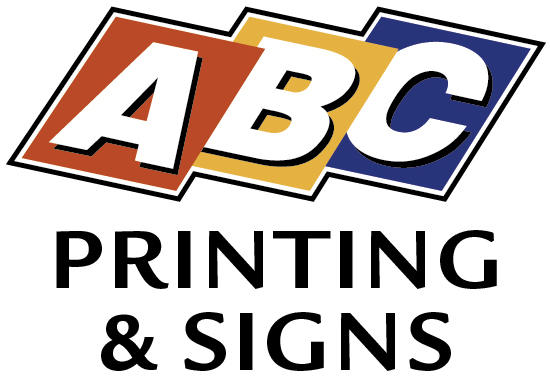TYPE
Someone else’s type may not be “your” type and vice versa. Type styles are largely a matter of personal taste, but like colour, there are some generally accepted or popularized rules of thumb. Applying these basic rules will be some assurance of a pleasing look to your finished piece. So… what are the rules? Well, bearing in mind that rules are made to be broken under certain circumstances, here are a few of the more basic ones.
- Don’t use too many fonts. Just because your program has fourteen dozen doesn’t mean they all have to be used. Usually two or three are sufficient to clearly and beautifully communicate your message.
- We have the licensed Adobe font library and primarily stick to the usage of the fonts provided. Specialty fonts that may be required for your print project will need to be provided in a licensed version for us to use.
- Be careful of readability. Large sections of type are usually more readable in a serif font. (serifs are the little flat ends on type that sort of tie the letters together) We have ignored this rule here as you can see.
- Text or book fonts, such as Times Roman, Century Schoolbook or Palatino, are serif types and are good for large blocks of type.
- Be aware of clashing types. Usually there are characteristics between typefaces that either harmonize them or cause them to clash. For instance, two italicized fonts may be at slightly different angles. Usually fonts that contrast strongly work better together than fonts that are very similar. (like marriages).
- Don’t try to be too “cute.” You can be creative without overdoing it. For instance, reversed type is often very effective in drawing attention to a headline, but can render a paragraph of instructions virtually unreadable.
- Always bear in mind, this is not "life and death". Give your idea a try. You'll usually know right away if it does not work.

